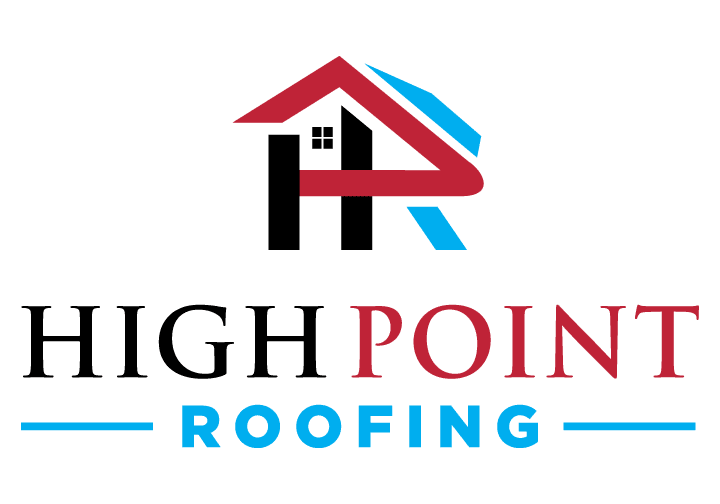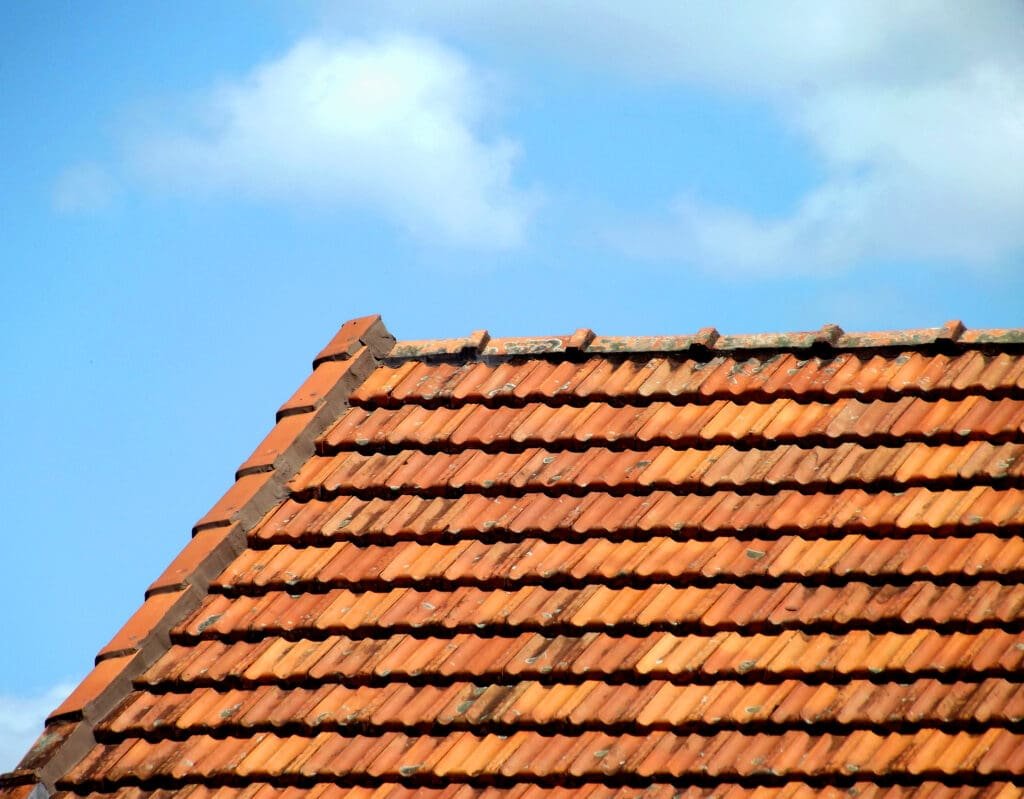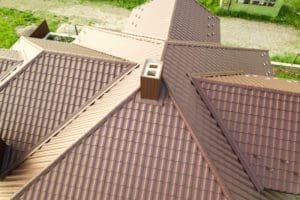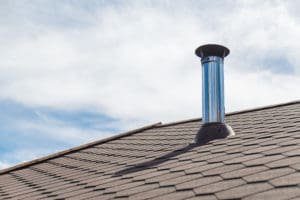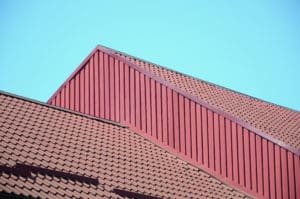Properly Identifying and Addressing Wind Damage to Your Roof: A Guide from High Point
Wind damage is a top concern for homeowners, and your roof is particularly vulnerable. Understanding the impact of wind damage is crucial for addressing issues swiftly and effectively. This article will delve into the science behind wind damage, the common types of damage, how to spot signs of damage, assess its extent, and provide guidance on prevention and repair. At High Point Roofing, we’re here to ensure the longevity of your roof.
Understanding Wind Damage with High Point Roofing
At High Point Roofing, we know the importance of understanding the science behind wind damage. Wind exerts formidable forces on roofing structures, subjecting them to constant pressure and stress. These forces can lead to various types of damage, ranging from minor to severe.
The Science Behind Wind Damage
To truly appreciate wind damage, it’s vital to grasp the aerodynamics at play. Wind passing over and around a building creates zones of low and high pressure. These pressure disparities can cause uplift on the roof, leading to the displacement or detachment of roofing materials.
Furthermore, the speed and direction of the wind significantly affect the damage’s severity. High-speed winds, such as those experienced during hurricanes or tornadoes, exert tremendous force on a roof, increasing the likelihood of extensive damage.
Turbulent wind eddies, particularly around corners or steep slopes, can induce vibrations in the roof. Over time, these vibrations can weaken the roof’s structural integrity, making it more susceptible to damage during future wind events. It’s essential to consider not only the immediate impact of wind but also its long-term effects on your roof’s durability.
Common Types of Wind Damage to Roofs
Wind damage can manifest in various ways on your roof. One prevalent form of damage is the lifting or tearing off of shingles. Shingle tabs may curl or bend, exposing the underlying roof deck to the elements. This can lead to water infiltration, potentially resulting in further issues like mold growth or structural rot.
Wind damage can also cause leaks through gaps or cracks in the roofing system, allowing water intrusion and potential structural problems. Loose flashings or ridge caps, dislodged by the force of the wind, can compromise the roof’s ability to maintain a watertight seal. These vulnerabilities enable water to seep into the underlying roof layers, causing damage that may not be immediately visible.
Additionally, strong winds can displace roof tiles or slates, especially on older or poorly maintained roofs. This creates openings where wind-driven rain can enter, leading to further water damage and potential structural instability.
The impact of wind-borne debris can also contribute to roof damage. Flying objects, such as tree branches or loose building materials, can collide with the roof surface, causing punctures or fractures in the roofing materials.
It’s essential to note that wind damage isn’t limited to the visible components of your roof. The underlying structure, including trusses, rafters, and sheathing, can also be compromised by the force of the wind. Over time, this can weaken the overall stability of the roof and increase the risk of collapse.
Recognizing Signs of Wind Damage with High Point Roofing
Spotting wind damage early is crucial to prevent further deterioration and costly repairs. By knowing what to look for, homeowners can promptly address any signs of damage and minimize potential long-term consequences.
Visible Signs on the Roof
A visual inspection of your roof is vital to identifying obvious signs of wind damage. Keep an eye out for missing shingles, torn or curled edges, or displaced ridge caps. Indications of water infiltration, such as damp spots or staining on the ceiling, may also suggest underlying wind damage.
Inspect the condition of the flashing, which should be intact and securely fastened. Damaged or loosened flashings can provide an entry point for water and compromise the overall integrity of your roof.
Indirect Indicators of Wind Damage
Not all signs of wind damage are immediately apparent. Pay attention to other subtle indicators, such as increased energy bills, drafts, or unexplained temperature variations within your home. These issues may result from compromised insulation due to wind-related roof damage.
In some cases, unusual noises during windy conditions, such as creaking or rattling sounds, can be indicative of structural weakness caused by wind damage. Even if no visible signs are present, these indirect indicators should not be ignored.
Evaluating the Extent of Damage with High Point Roofing
Assessing the extent of wind damage helps determine the appropriate course of action, whether it involves simple repairs or professional intervention. While some assessments can be done by homeowners, it’s important to know when to call in a roofing professional.
Self-Assessment Techniques
Before calling a professional, homeowners can perform a preliminary self-assessment. Check for missing or damaged shingles on the ground around your home. However, keep in mind that this method may only reveal obvious damage and not provide a comprehensive evaluation.
Interior inspections are also helpful. Access the attic and look for signs of water infiltration, such as wet insulation or stained rafters. However, exercise caution and prioritize safety when performing any kind of inspection or evaluation on the roof.
When to Call a Professional with High Point Roofing
If the self-assessment reveals significant damage or if you have any doubts about the extent of the damage, it’s advisable to seek professional assistance. Roofing experts have the necessary skills and equipment to conduct a thorough inspection and provide accurate assessments.
A professional assessment not only ensures a comprehensive evaluation of your roof’s integrity but also offers guidance on the most appropriate actions, whether repair or replacement, based on your specific circumstances.
Addressing Wind Damage with High Point Roofing
Once wind damage has been identified and evaluated, immediate action should be taken to prevent further deterioration and protect your home. The steps taken immediately after the occurrence of wind damage can significantly impact the overall damage and subsequent repair costs.
Immediate Steps to Take with High Point Roofing
When wind damage is identified, it’s important to address any immediate threats to safety or further property damage. Secure any loose or displaced roofing materials that could potentially cause harm during subsequent wind events.
Tarping damaged areas can provide temporary protection against water infiltration until repairs can be made. However, it’s crucial to consult with a roofing professional to ensure that tarping is properly installed to prevent additional damage.
Long-Term Repair Solutions with High Point Roofing
Long-term repair solutions should be based on the specific nature and extent of the wind damage. Shingle repairs or replacements may be necessary for minor damage, while more severe damage may require the complete replacement of your roof.
Engaging a reputable roofing contractor like High Point Roofing is essential to ensure high-quality repairs or replacement. We can assess the damage accurately, provide professional recommendations, and execute the necessary repairs to restore your roof’s integrity.
Preventing Future Wind Damage with High Point Roofing
While wind damage may be inevitable in areas prone to severe weather conditions, there are preventive measures homeowners can take to minimize the risk and potential damage to their roofing system.
Roofing Materials Resistant to Wind Damage
Choosing roofing materials specifically designed to resist wind damage is a proactive approach to mitigating potential problems. Impact-resistant shingles, for instance, are designed to withstand higher wind speeds and provide greater durability.
Additionally, homeowners can consult with roofing professionals at High Point Roofing to explore other wind-resistant options, such as metal roofing or reinforced membranes, which can offer enhanced protection against wind damage.
Regular Maintenance and Inspection with High Point Roofing
Maintaining a regular inspection and maintenance routine for your roof is crucial in preventing wind damage. Inspecting your roof after severe weather events, such as storms or high winds, helps identify any immediate concerns that require attention.
In addition, routine inspections enable timely identification and rectification of minor issues, such as loose shingles or damaged flashings, before they escalate into more significant problems during future wind events.
In conclusion, wind damage to your roofing system can have serious consequences for your home. By understanding the science behind wind damage, recognizing signs of damage, evaluating its extent, and taking appropriate action, homeowners can address wind damage promptly and effectively. Additionally, implementing preventive measures, such as choosing wind-resistant materials and conducting regular maintenance with High Point Roofing, can greatly reduce the risk of future damage and enhance the longevity of your roofing system. Your roof is your first line of defense, and we’re here to help you protect it.
